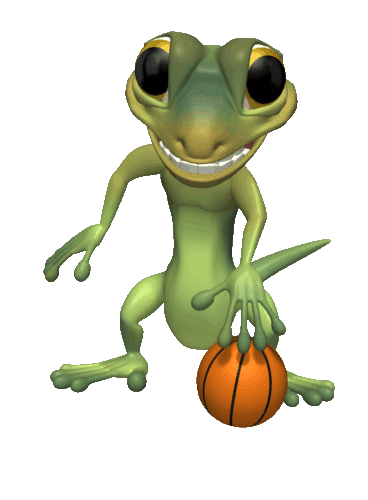
Play Activities
Energetic Play
By setting up an obstacle course in the garden, or taking them to the local park, you can help them to develop physical skills such as:
- A better sense of overall control and balance;
- Judgement of direction, speed and distance;
- Strength and stamina;
- Understanding of spatial relationships as they move around, through, and beside things ;
- And-eye co-ordination as they throw and catch; and
- Confidence in their own skill, strength and judgement.
Small worlds
Organising small-scale train or road layouts, dolls houses or farms, give children the opportunity to:
- Make choices and direct outcomes;
- Plan, organise and take charge;
- Become skilful with their fingers as they manipulate small objects;
- form mathematical concepts of sets as they sort the pigs from the horses in the farm, or the kitchen furniture from the bedroom furniture in the dolls house;
- Create worlds of their own in which they can act out their present understanding of the real world.
Sounds and music
Children love rhythm, dance and singing, and helping your child to experiment with songs and rhymes develops many skills, such as:
- listening carefully;
- understanding more about language by hearing and responding; and
- repeating key phrases and anticipating the next line of a well loved song.
You can sing favourite pop songs, nursery rhymes or make up your own tunes. Gently clapping your child’s hands or moving your knees to the rhythm as they sit on your lap all adds to their enjoyment. You can also borrow some CDs or DVDs from the library with actions and songs on.
Water
Playing with tipping and pouring water from one container to another helps to develop muscular strength and hand-eye co-ordination. Children also begin to understand the principle of conservation as they discover that the same quantity of water can fill containers of many different shapes. As they tip and pour, they also learn to think in terms of full and half-full, more and less. You can set up a bucket or washing up bowl outdoors, with various objects such as plastic jugs and cups or watering cans, so children can experiment with pouring and filling water, or you can play with water at bath-time.
Scribbling Stage: 2 years
First disordered scribbles are simply records of enjoyable kinaesthetic activity, not attempts at portraying the visual world. After six months of scribbling, marks are more orderly as children become more engrossed. Soon they begin to name scribbles, an important milestone in development.
Building blocks
Children gain powerful emotional satisfaction from knocking down a tower and then building it up again. This game also develops their mathematical skills – they learn how many blocks they need and how tall their tower is. Making estimations in this way strengthens their understanding of numbers. While building with toy bricks, children also learn about measuring and balancing, about making a plan, deciding what materials are needed for it and then carrying it out. Building activities develop hand-eye co-ordination and manual skills as children select and manipulate objects. Buds n Blooms Preschool of excellence with day care provides learning art development.
The Preschematic stage: 3 to 5 years.
First conscious creation of form occurs around age three and provides a tangible record of the child’s thinking process. The first representational attempt is a person, usually with circle for head and two vertical lines for legs. Later other forms develop clearly recognizable and often quite complex. Children continually search for new concepts so symbols constantly change.



